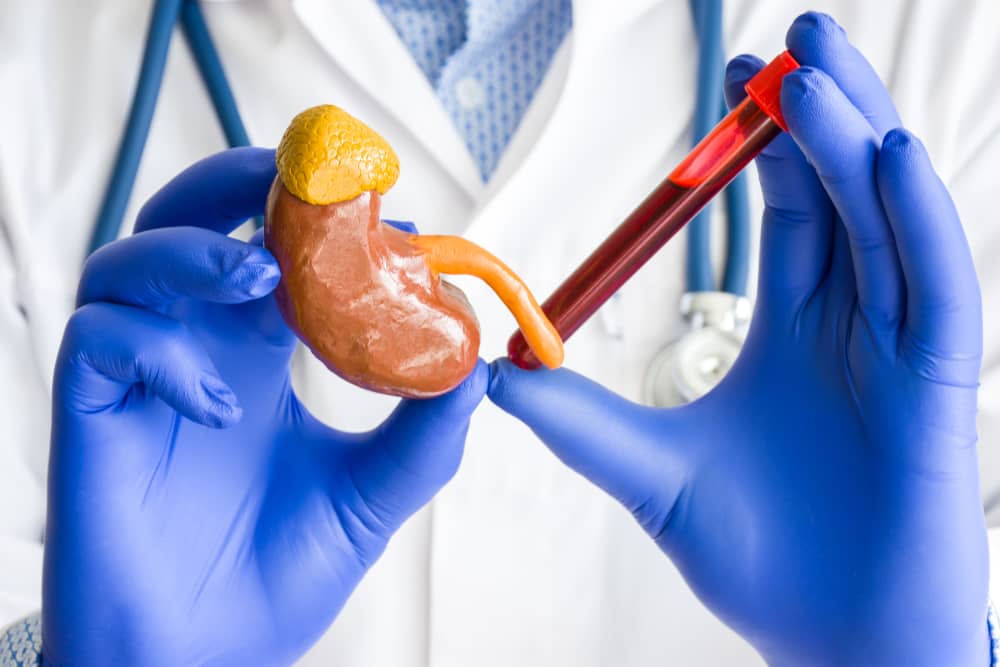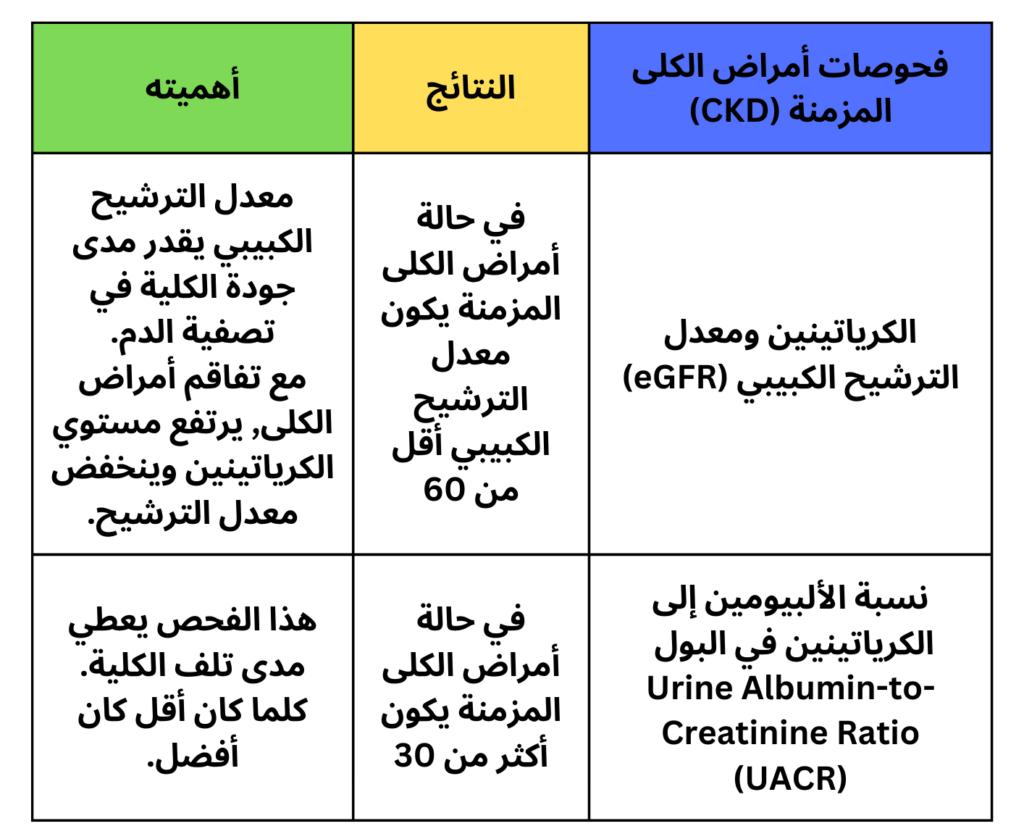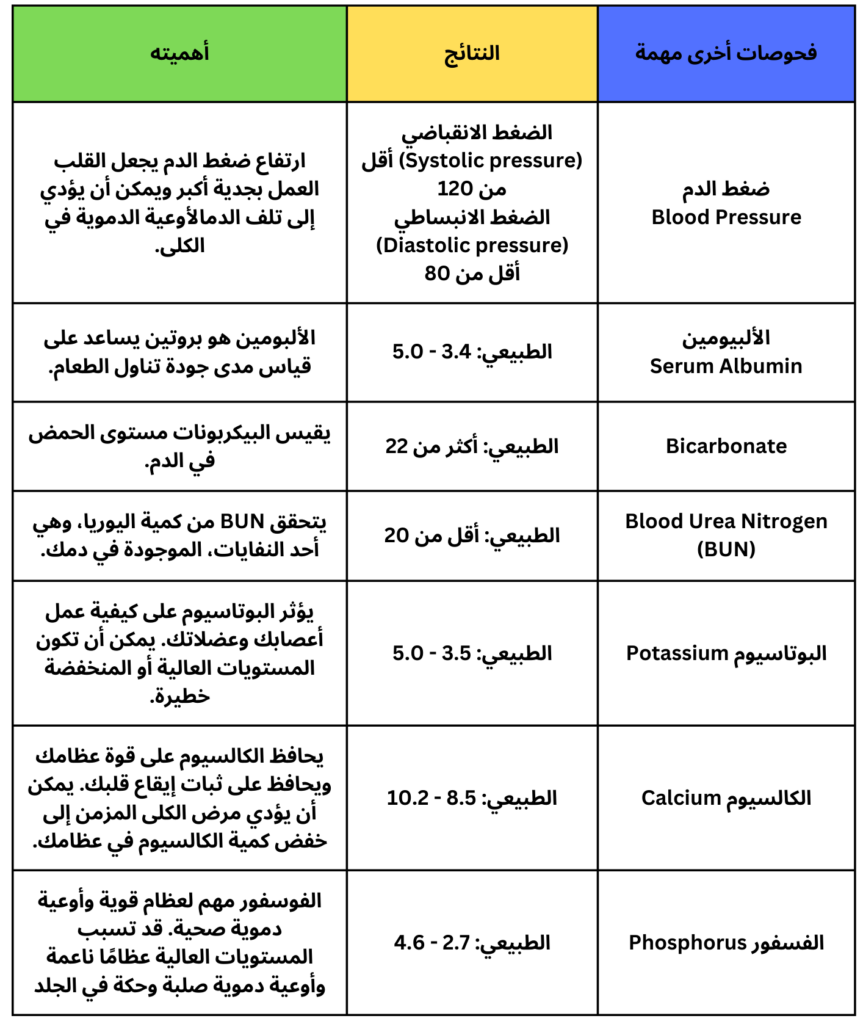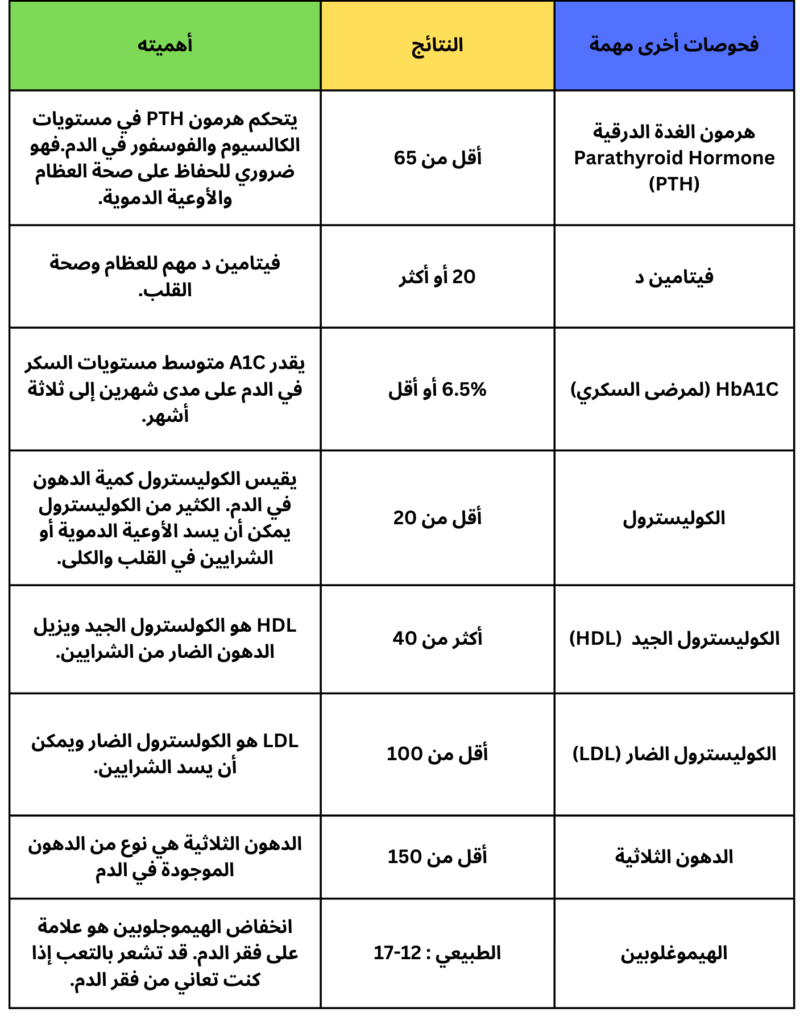Articles

How to Read Kidney Test Results
Normal Kidney Functions
The human body has two kidneys, one on each side of the body, located behind the liver and stomach. Their primary role is to produce urine, which is the body's main method of eliminating liquid waste. In addition to waste filtration, the kidneys also:
• Help regulate blood pressure
• Stimulate bone marrow to produce red blood cells
• Purify the blood
• Produce essential hormones
• Maintain fluid and mineral balance in the body
________________________________________
Risk Factors for Kidney Disease
The likelihood of developing kidney disease increases in the presence of certain conditions. The most common risk factors include:
• Diabetes
• High blood pressure
• Obesity or excess weight
• Family history of kidney disease
• Use of certain medications
________________________________________
When Is a Person Classified as Having Kidney Disease?
A person is classified as having kidney disease when their Glomerular Filtration Rate (GFR) decreases, meaning the kidneys are no longer functioning at a normal capacity.
Kidney disease is categorized into stages based on the GFR level, with each stage indicating the degree of kidney function decline.
________________________________________
Important Tests for Kidney Disease
(You may want to list tests like GFR, creatinine, BUN, urinalysis, etc., if you'd like this expanded.)
- National Institute of Diabetes and Digestive and Kidney Diseases (NIDDK) (nih.gov)
💬 Now you can get a nutrition consultation with Dr. Ruba Musharbash
for personalized dietary advice for kidney patients.
________________________________________
References



